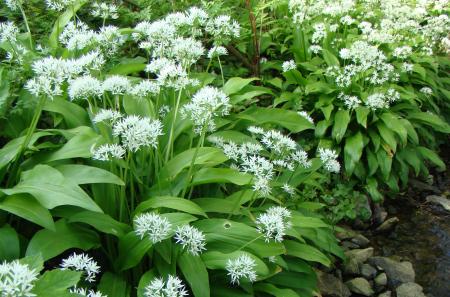
Objective:
• Establish, by compilation of data obtained from collectors and producers, a list of plant species picked for artisanal or industrial production chains,
• Referencing these species according to their validated scientific name,
• Provide some indicators of the risks that could weigh on these species.
Context:
Natural, food, medicinal, cosmetic products are enjoying growing success, on both artisanal and industrial scales. The result is a growing need for plants, in number and volume, a large part of which comes from wild plant picking.
The gathering activity is little referenced, it intensifies on the territories, without all the actors of this gathering and the species they collect are well identified. Some gatherers observe disrespectful practices and are worried about the sustainability of these resources and their activity.
Contacts:
Michèle Lagacherie, michele.lagacherie@cnpf.fr, https://occitanie.cnpf.fr/
Jean-Paul Lescure, jean.paul.lescure@gmail.com, http://www.cueillettes-pro.org/
Raphaële Garreta, raphaele.garreta@cbnpmp.fr, http://cbnpmp.blogspot.com/p/nous-connaitre.html
Further information:
LESCURE J.P., THEVENIN T., GARRETA R. & MORISSON B., 2018. Les plantes faisant l’objet de cueillettes commerciales sur le territoire métropolitain. Une liste commentée. Le Monde des Plantes, 517 [2015] : 19-39.